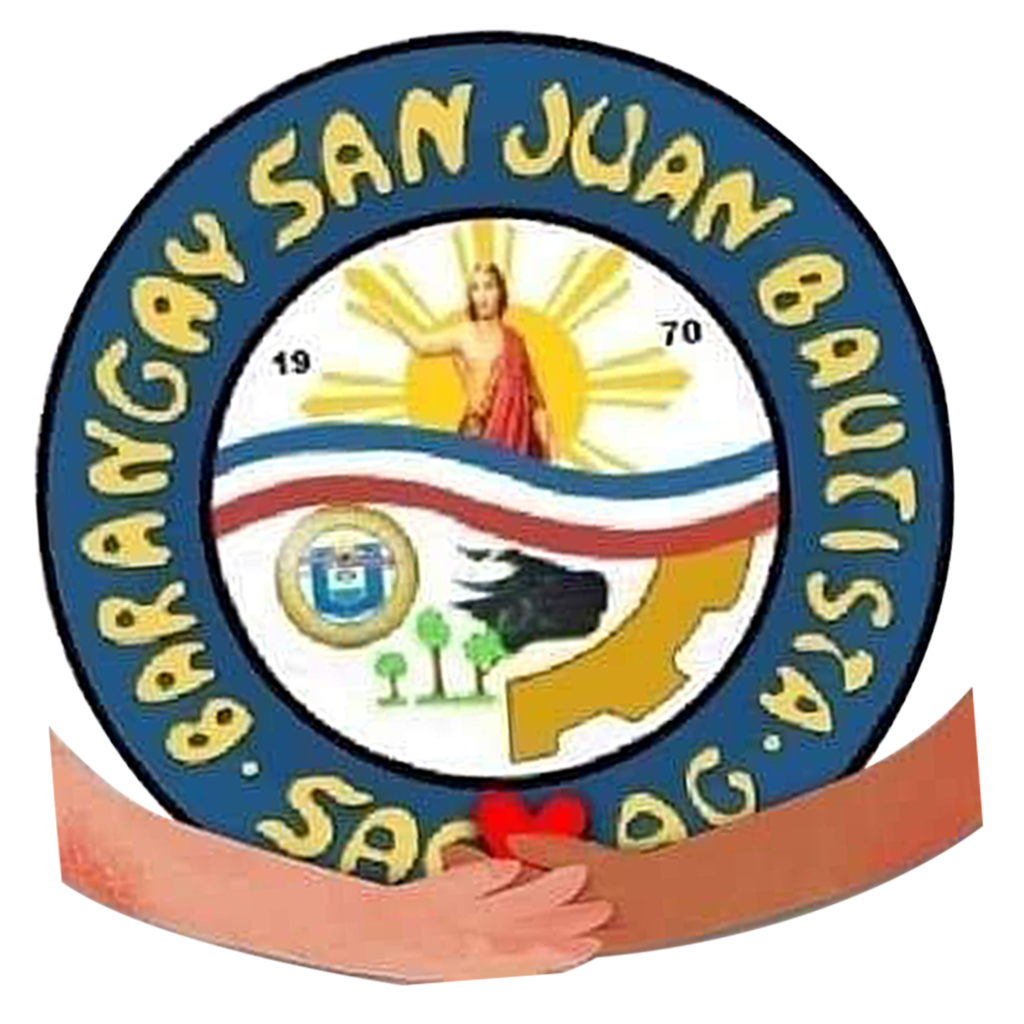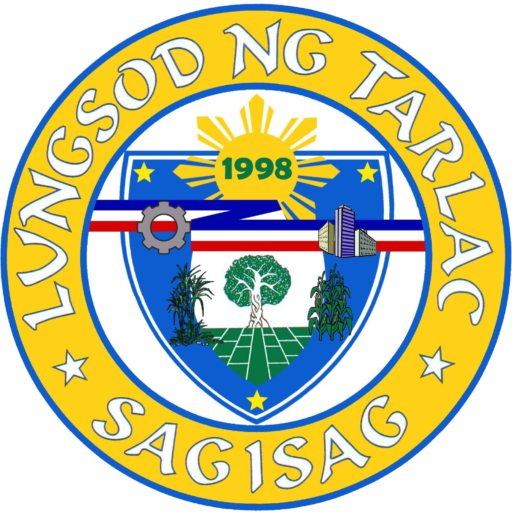
BARANGAY SAN JUAN BAUTISTA HISTORY
Barangay San Juan Bautista (Matadero) is also part of the East Division of Barangays in Tarlac City. Barangay Matatalaib bound it on the North, Barangay Maliwalo on the East, Barangay Ligtasan on the South West, Barangay Binauganan on the South, and Barangay Sto.Cristo on the West.
It is approximately 1.0 kilometer away from city proper. It has a total land area of 38.91 hectares wherein the whole area corresponds to a residential and industrial area.
It divided into seven (7) Blocks namely: Block 1, Block 2, and Block 3 to Block 7.
Barangay San Juan Bautista is a Rural Barangay, it has a total population of two thousand one hundred sixty (2,160) as of 2005, and a household population of three hundred twenty five (325).
Barangay San Juan Bautista residents were almost employees, laborers, drivers, vendors, construction workers and so on. Barangay San Juan Bautista is more on residential and commercial area because it is located near at the City Proper. Some of the residents have their own business such as sari-sari stores, bakery, home made tinapa (smoked fish) and others. Other business establishments situated here are Coca Cola Sales office, Pioneer Furniture, Digitel Cell Site, Kent Lumbers and others.
San Juan de Bautista used to be an old sitio of Sto. Cristo. Most of the residents of Sto.Cristo transferred their residency on this 10th Block of the said barangay, which made it qualify as a separate barrio. When residents grew bigger, people decided to pass a resolution to make their sitio an independent barrio from Sto. Cristo.
San Juan de Bautista popularly knew as Sitio Matadero. It was in the Spanish era where the place called Matadero. The said name means slaughterhouse because it is this place were animals, as pigs, cows, and carabaos are slauthered before they brought and sold in the market. It was in 1970, when Sitio Matadero of Sto. Cristo became Bario Matadero.Years after; the barrio was renamed after its Patron Saint San Juan de Bautista.
Gozum, Avilla, Suarez, Bagsic, and Sembrano family were among the pioneers of this barangay.
June 19,1973
Resolution #98
On motion of councilor Jesus L. Francisco, Seconded by Councilor Reperto Taan,
Resolved, that the petition of the family heads and residents of Sitio Matadero, Barrio Sto. Cristo, this Municipality, for the conversion of their place into a separate barrio be, as it hereby, forwarded, together with the supporting papers thereof, including the sketch map showing the boundaries of the proposed barrio in relation to its mother barrion and adjacent barrios, to the honorable, the provincial board of tarlac recommending favorable consideration thereon.
Ninety percent of the total populations are Pampango, and the rest are Tagalog, Bisaya, Pangasinense, and Ilocano.
Barangay San Juan Bautista celebrates their feast day every June 23-24 as a thanksgiving to the patron Saint John the Baptist. The birth of Saint John was foretold by Saint Gabriel, Archangel of the Lord, to his father, Zachary, who was offering incense in the Temple. The son of Zachary was to be the prophesied Messenger, Zachary was told, whose mission would prepare the way for Christ. Before he was born into the world John had already begun to live for the Incarnate God; even in the womb he recognized the presence of Jesus and of Mary, and leaped with joy at the glad coming of the Son of man. Before Christ’s public life began, a divine impulse sent Saint John into the desert; there, with locusts for his food and wearing haircloth, in silence and in prayer, he chastened his soul. In his youth he remained hidden, because He for whom he waited was also hidden.
Then, as crowds broke in upon his solitude, he warned them to flee from the wrath to come, and gave them the baptism of penance, while they confessed their sins. At last there stood in the crowd One whom Saint John did not know, until a voice within told him that it was his Lord. He affirmed: “I did not know Him, but He who sent me to baptize with water said to me, ‘He upon whom thou wilt see the Spirit descending and abiding, He it is who baptizes with the Holy Spirit.’ ” With the baptism of Saint John, Christ began His voluntary abasement for the sins of His people; and Saint John indeed saw the Holy Ghost descend, under the visible form of a dove, indicating in the humble Jesus of Nazareth the divine Perfection of the peaceable Eternal King and High Priest. Then the Saint’s work was done. He had but to point his own disciples to the Lamb, he had only to decrease as Christ increased. He saw all men leave him and go after Christ. “I told you,” he said, “that I am not the Christ. The friend of the Bridegroom rejoices hearing the Bridegroom’s voice. This, my joy, is fulfilled.”
Saint John was cast into the fortress of Herod on the east coast of the Dead Sea by the tyrant whose crimes he had rebuked; he would remain there until beheaded at the will of a girl and her cruel mother. During this time of imprisonment, some of his disciples visited him. Saint John did not speak to them of himself, but sent them to Christ, that they might witness His miracles and hear His doctrine, proofs of His mission. After Saint John’s death, the Eternal Truth pronounced the panegyric of the Saint who had lived and breathed for Him alone: “Verily I say unto you, among those born of women there has not risen a greater than John the Baptist.”

